![]()
Robotics is a tremendously versatile, interdisciplinary field that encompasses electrical engineering, mechanical engineering, information engineering, computer science, advanced math, physics (and at times biology and chemistry), artificial intelligence, and more.
The core of the field revolves around problem-solving and creating machines that can take the place of humans, and complete tasks that previously humans had executed, or were unable to.
Robotics traces its roots to some time between 1023 to 957 BC, and possibly before. The Lie Zi (an ancient Chinese text) describes an “artificer” named Yan Shi, who gave King Mu, the fifth king in the Chinese Zhou Dynasty, a human-sized automaton that could move and do human tasks. It was written that the machine could sing.

Over many centuries inventors all over the world created automated machines like wind organs, coin-operated machines, fire engines, steam-powered engines, steam-propelled birds that could fly, programmable automaton bands, and devices that could automatically wash hands, among many others.
Throughout, the dream of building a machine that could replace people continued unabated. In 1495 Leonardo da Vinci created designs for a humanoid robot, the Mechanical Knight. No one is sure whether Leonardo constructed the Knight, but it’s said he displayed it at a celebration thrown by then Duke of Milan, Ludovico Sforza, in Sforza’s court. The robotic Knight could stand, sit, raise its visor, move its arms, and had an anatomically accurate jaw. It operated using a series of cables and pulleys. Leonardo’s sketchbook with the design for the Mechanical Knight was discovered in the 1950s. When the plan was followed and built, it worked perfectly.
The 1950s through ’70s brought new interest and advances in robotics. In 1973 the first anthropomorphic robot was unveiled to the world, WABOT-1. WABOT-1 had control of its limbs, a vision system, and a conversation system as well. It could find its way to objects using its sensors, communicated in Japanese through a working, artificial mouth, and could hear what happened around it.
By the late ’70s the first object-level robotic programming language was created, and we were really off to the races. Today a machine is considered a robot if it has mechanical construction, electrical components that animate its machinery, and a computer programming code. Many robots are remote controlled, but a robot is deemed artificial intelligence if it can interact with environments without a control source, and can react to objects and problems independently. There are also robots that are a hybrid of artificial intelligence and remote control.

Today there are robots either in use or being designed that do domestic chores, kill people, work in medicine, build and manufacture an increasing amount of consumer products, clean toxic areas or other places humans can’t, diffuse bombs, and much more. There are nanorobots, which will be able to go places humans never can due to size constraints, swarm robots that behave collectively, and robots that fight each other.
Because robots don’t have to be paid, or rest the way people do, there will always be value in automating or further mechanizing another area of work, and increasingly, people’s personal lives.
Robotics has the potential to change the world for everyone, for the better. Imagine if all or most repetitive, physical work was automated, and the profit it created was dispensed among people. In 2015 renowned physicist Stephen Hawking was asked on Reddit about the possibility of “technological unemployment” resulting from widespread automation. Hawking responded by saying:
If machines produce everything we need, the outcome will depend on how things are distributed. Everyone can enjoy a life of luxurious leisure if the machine-produced wealth is shared, or most people can end up miserably poor if the machine-owners successfully lobby against wealth redistribution. So far, the trend seems to be toward the second option, with technology driving ever-increasing inequality.
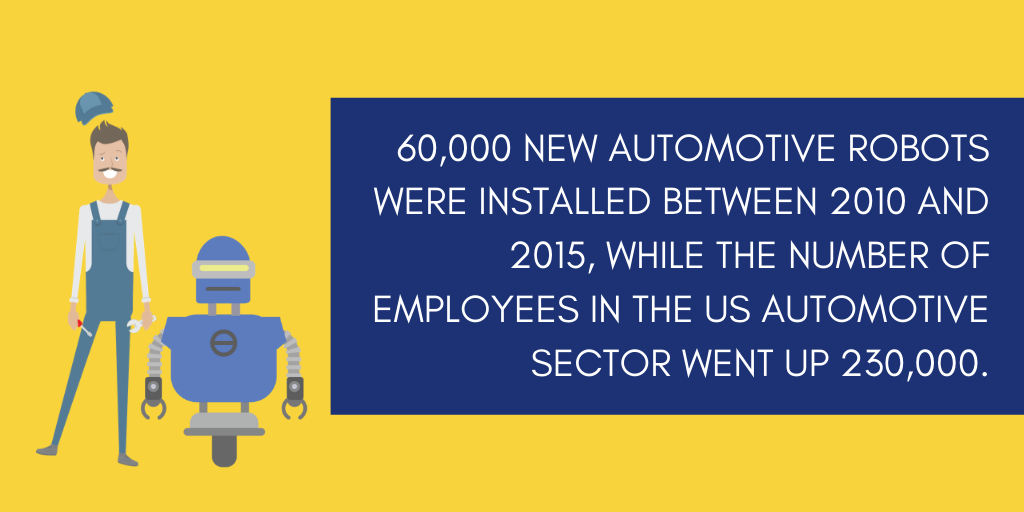
With a degree in robotics you can become part of this fascinating, evolving field, and help ensure it does more good than harm.
In this guide we’ll look at the available robotics degrees, the different degree levels in robotics, specializations within the field, and share what we’ve created at Degree Query to help you find the best robotics degree for you (or any other degree). As you read through it, please consider the following, along with anything else you feel is crucial to your needs and goals:
- What do you want from your education and career, and how will a robotics degree help you reach those goals?
- Robotics professionals are more concerned with process than outcomes, which is how they achieve great results over time.
- What degrees have you earned? Have you worked in robotics in some way before? Do you have natural skills and aptitudes that will make studying and working in robotics a more natural fit? (more on that later)
- If you think you and robotics are a match, what would you like to do in it, and what degree would that require?
- Robotics professionals at the top levels of the field often have a graduate or doctoral degree in robotics specifically or a related field like engineering.
- How much can you pay for a specific robotics degree, and how much would you need to borrow to pay for one?
- There are lots of costs associated with higher education. Yours will depend on where you want to go to school, its prices, the delivery formats and other factors that adjust those prices, and anything else that may pertain specifically to you.
- Do your best to only choose from schools that are properly accredited, affordable and non-profit while excluding expensive, for-profit institutions. Always take out public loans over private ones as well.
- How much time can you spend earning a robotics degree daily, weekly, and in total before you complete it? Depending on the school you choose you might have multiple options for delivery formats, which can allow you to make a degree schedule based on your current schedule.
- What’s your preferred delivery format in a robotics program? Do you want to attend part-time, full-time, online, on campus, or in a hybrid of online and traditional education?
- Where do you want to work and live once you earn your robotics degree? Competent robotics professionals are highly demanded globally, but where you attend school can build regional connections that pay dividends later.
- What has been your previous education and career experience, and how has it prepared you to study and work in robotics? How can a robotics program play to your strengths, and help you with your weaknesses?
- What are the focuses or specializations you might consider in robotics? How would a particular specialization in a robotics degree meet your needs and help you reach your goals?
Let’s look at some of the skills and aptitudes needed in robotics, and that robotics degree programs increase:
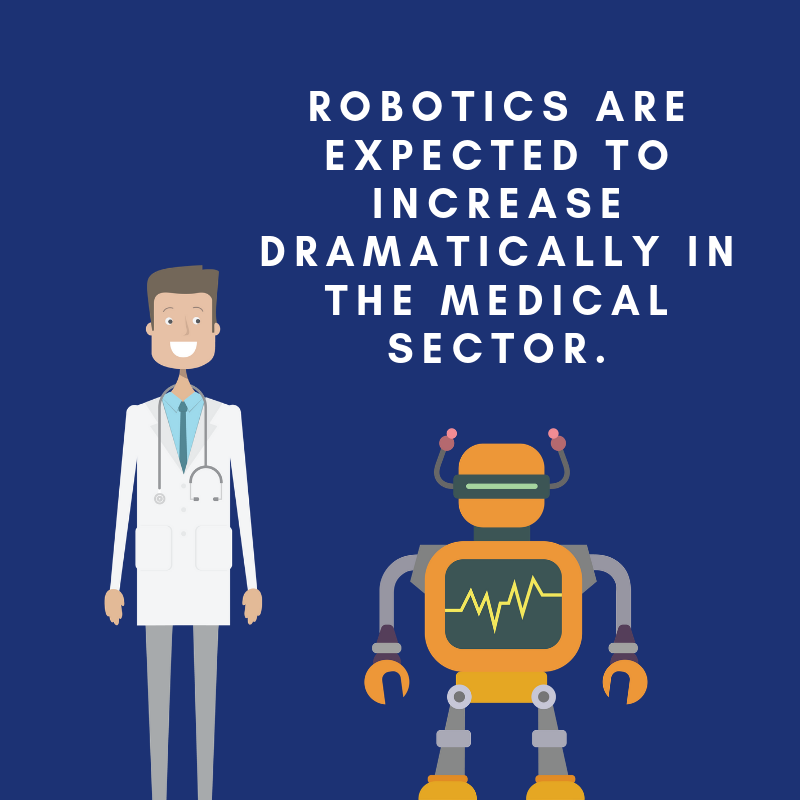
Robotics Degrees Increase Your:
- Attention to Detail: Robotics programs, and working in the field demands incredible focus and the ability to observe, measure, and revamp even the smallest components of challenging projects. Engineers, designers, and programmers are naturally adept at observing minuscule aspects of a project, but these programs will drastically build out those abilities.
- Resilience: Engineering and robotics involve constant failure. Sometimes you’ll know why something didn’t work, but often you’ll need to do exhaustive trial and error experimentation to fix problems you don’t fully understand the causes of, nor what to do to fix them. In these programs, you’ll learn to use practice and repetition in the face of adversity, which will pay dividends throughout your life.
- Versatility: No matter where you end up in robotics, you’ll need to be good at many different things. Robotics engineers and those in related roles wear many hats throughout their careers and can be called upon by different organizations and departments within them to tackle problems they’re not necessarily trained to work with. However, those working in robotics are professional problem solvers, and are eager to try their hands at new, intricate challenges whenever they’re called upon.
- Systems and Management Thinking: People working in robotics often end up as project managers or systems engineers because of the complexity of the field. You’ll need to juggle diverse, strenuous facets of projects you work on, and have a macro and micro view of them.
- Constant Learning: No matter how smart or competent you are, working in robotics requires constant learning and exposure to new concepts and areas of the field that might play to your natural strengths.
- Mathematics Abilities: Those with powerful abilities in calculus, geometry, and algebra will have a much easier time in robotics than those who don’t. You should already be talented in these areas, but robotics programs will certainly build out your math skills in these disciplines and more.
- Communication Skills: Robotics projects require the cooperation of many different professionals, investors, and organizations. For them to work properly, they need strong oral and written communication. You’ll learn how to get your point across to experts and non-specialists, and use those skills to save time, effort, and get much better results.
Let’s look at what we’ve done to help you find a great degree in robotics or an adjacent field.
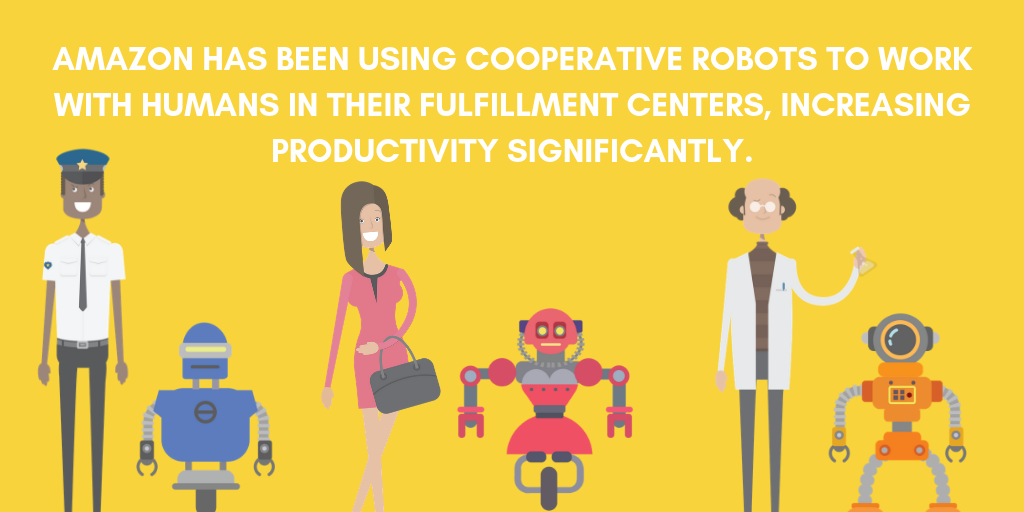
How Can We Help You Find a Robotics Degree?
At Degree Query we’ve answered common questions, ranked degrees and jobs, and done so much more to help you find the best degree for you. Here’s some of what we’ve written that pertains to robotics, engineering, and more:
Rankings
- 50 Highest Paying Bachelor’s Degrees
- Jobs of the Future
- 30 Great Outdoor Jobs Requiring a College Degree
- 15 Degree Paths for Out-of-This-World Careers in Space Exploration
- Top 20 Highest Paying Online Degrees
- The 20 Best Artificial Intelligence Degree Programs Online
Frequently Asked Questions
- What degree do I need to become an Astronaut?
- What degree do I need to become an Aerospace Engineer?
- What Are the Benefits of Pursuing a Degree in Mechanical Engineering?
- What Is the Demand for an Engineering Degree in the Field of Space Exploration?
- What Kind of Job Can You Get With a Degree in Mechanical Engineering?
- What Can I Do With An Engineering Degree?
- What Are the Highest Paying Jobs With a Degree in Mechanical Engineering?
- What Are the Highest Paying Jobs in Engineering Technology?
- What Is the Demand for a Degree in Engineering Technology?
- Which Degree Is Best for a Software Engineer?
This is just some of the work we’ve done related to robotics. If you find any school or program through our content, do yourself a favor and reach out to them directly to request more information. It could help you figure out whether you’re interested, and improve your chances of being accepted.
Let’s looks at the different levels of robotics degrees:
What are the Available Levels of Robotics Degrees?
Associates in Robotics
These programs take approximately two years to complete and give students a preliminary education in robotics. You’ll study computer technology, sensory instrumentation, and engineering. You’ll work with the modeling and operation in robotics, the mechanical systems that power automation, controller networks, and much more. Computer programming and basic languages might also be part of these programs. Overall you’ll figure out how to solve complex problems through robotics development. These programs might be offered by a community or junior college, which can save you money on tuition and residency depending on where you opt to go. Graduates will get ready to work as entry-level technicians (robotics, electronic engineering, manufacturing, and more), or go on to complete four-year Bachelor degrees in robotics or a related field.
Bachelors in Robotics
Here you’ll continue to delve into the versatile, continually expanding world of robotics. These programs take about four years to complete (less if you’ve earned applicable credits previously). These are incredibly interdisciplinary degrees that tackle mathematics, computer programming, computer systems engineering, biological sciences, physics, mechanical design, and electrical engineering, among other topics. You’ll likely do significant practical, hands-on work that might include running experiments, solving engineering issues, and analyzing data. Graduating students will be prepared to continue their education at the graduate level or work as systems analysts, mechanical engineers, industrial engineers, robotics specialists, aerospace engineers, and much more.
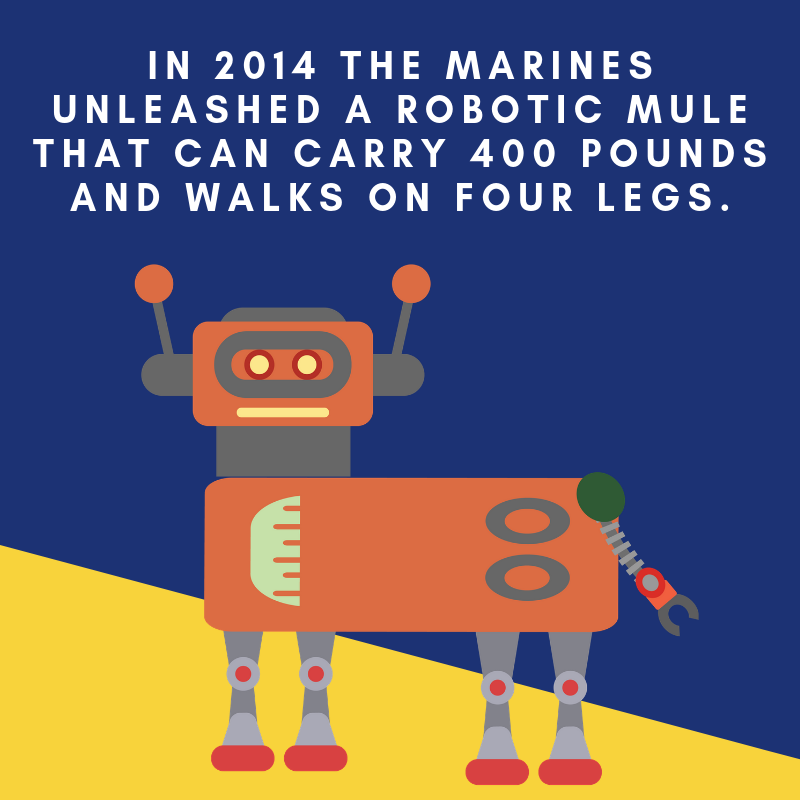
Masters in Robotics
Robotics programs are relatively new in the scheme of engineering degrees, and earning a Masters in Robotic Engineering will set you apart from the vast majority of students and professionals in the field. These programs require around two years to complete. Students will become advanced practitioners or users of computer programming, mechanical engineering, software, programming, electrical engineering, and more. Sample courses include machine learning, robotic fundamentals, control systems, linear systems, dynamic programming, and mobile robotics, along with other classes. Writing a thesis and defending it might be a requirement of these programs, or instead, a graduate robotics program might require a culminating Capstone project that showcases what you’ve learned throughout your studies. Graduates will be prepared to earn a doctorate in the field, or to work at the highest levels as a robotics engineer, robotics researcher, or postsecondary academic, in addition to other elite, highly desired roles in the field.
Doctorate in Robotics
Doctoral programs in robotics combine engineering, computing, and physics to give students a terminal education in the field. In these degrees, you’ll likely have the option to explore a specific focus or concentration in an area like robotic kinetics, robotic sensors, or artificial intelligence, among other possibilities. You might be required to submit a plan of study before being accepted to one of these programs, and will likely have significant agency throughout your studies. In addition to classes like kinematics and locomotion, perception and robotics, artificial intelligence for robotics, dynamics, control, and computer vision, task scheduling, and operations research, you might take advanced calculus, data structures, programming, numerical analysis, electrical engineering, and more. These degrees take approximately two years of qualifying courses and advanced seminars, two years of research in a focus area, and 1-2 years to complete and defend a dissertation. Graduates will be prepared to work at the highest levels of robotics research and robotics engineering for top universities, corporations, and the government.
Now that we’ve dived into the different levels of robotics degrees let’s look at the areas of specialization within the field.
What are the Available Specializations Within Robotics?
Robotics is a growing field, which is reflected in the number of degree options that specifically focus on it. However, many related programs produce people who work in robotics, and robotics professionals take on many different roles. Here are some of the jobs you could find yourself in depending on what program you select, your focus within it, and what you want to do in the field itself.
Robotics Navigation and Perception Specialist
For robotics to work correctly, someone has to work closely with the sensors they use to perceive and travel accurately and effectively. Generally, you’ll need a doctorate to reach these roles, as well as some post-doc work experience in areas like mobile robotics and machine vision. You’ll do advanced engineering and concept development in these positions.
Software Engineering
Robotic projects run off software, and need competent software engineers to get them up to speed. You’ll use software to develop, maintain, test, design, and evaluate robotic systems. You might specialize in operating systems, databases, networks, or applications. All of these areas demand fluency in particular computer languages and development experiences.
Machine Learning Specialist
Machine learning is how robotic projects evolve and take on more complicated tasks, producing better results and value to the organizations that develop and maintain them. You’ll solve data processing issues, and facilitate live robot analysis of severe problems, among other responsibilities in these roles. Machine learning is how robots have breakthroughs into uncharted territory that can change the field forever.

Robot Programmer
This is one of the most detail-oriented positions in a field known for specificity. The smallest mistake in robotics can derail a project and create exponential headaches for all of the people involved. You’ll need to develop comprehensive electrical engineering, mechanical engineering, and computer science skills to be successful in these roles. You might need to do customer training and support, robotic welding, system work, and of course robotic programming in these positions.
Electrical Maintenance Engineer
Robotics run on electrical systems, which need constant care and repair. You’ll need to assess problems, including their causes, and solve them. You’ll also need to design electrical systems that were created to lessen repair or other issues that impact performance.
Design Engineer
These are the people who dream up what a robotic project will look like. You’ll create automated products, research products and markets, the materials that create robotic systems, and the desired product specs that lead to successful endeavors in the field. You’ll take things through design to development, then pass your work onto manufacturers.
Software Developer
These are some of the most creative people in the world of robotics. You’ll create apps that help robots complete tasks, or build the systems they run on. If you want to be involved in robotics projects from inception, creation, installation, testing, and maintenance, this could be a great match.
Now that we’ve seen some of the specializations in the full world of robotics, we’re almost ready to wrap up. First, let’s glance at what you’ll get out of working in robotics:
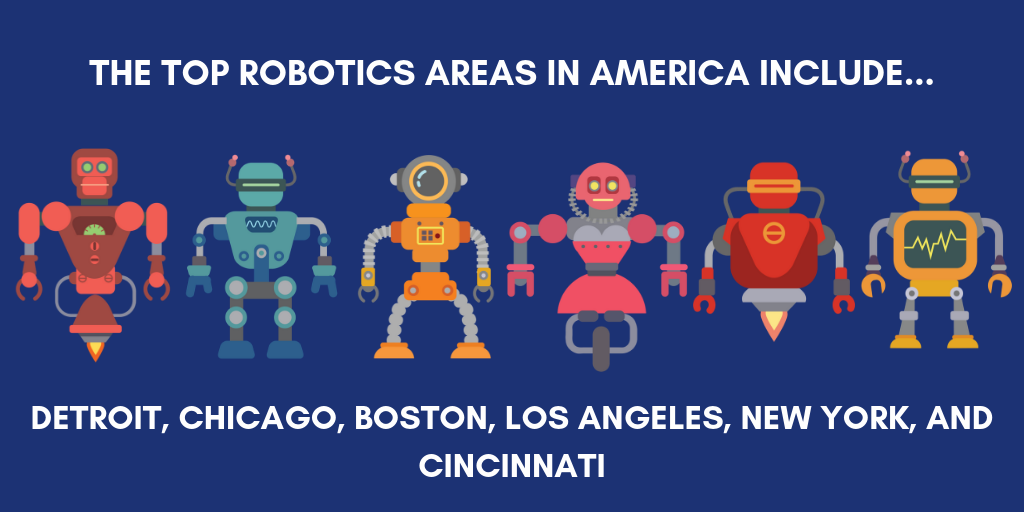
Robotics Degrees in Conclusion
We hope you’ve found this guide extremely useful, and that you continue to check our ever-expanding content one robotics, and all other areas of education and career options.
Currently information on robotics employment and earnings isn’t as comprehensive as with other disciplines. However, robotics professionals fall under the larger umbrella of mechanical engineers.
The United States Bureau of Labor Statistics wrote that mechanical engineers earned a median pay of $87,370 in 2018. In 2016 there were 288,800 people in these roles. BLS predicted that would go up by 9% between 2016-26, leading to 25,300 new jobs.
In May 2018 the bottom 10% of mechanical engineers earned less than $56,270, and the top 10% pulled in more than $136,550. BLS found areas associated with higher pay in the field included scientific research and development services, computer and electronic product manufacturing, architectural, engineering, and related services, transportation equipment manufacturing, and machinery manufacturing.
Before we go, please remember to reach out directly to any school or program you’re interested in to get more information directly from it support staff professionals.
Good luck!
